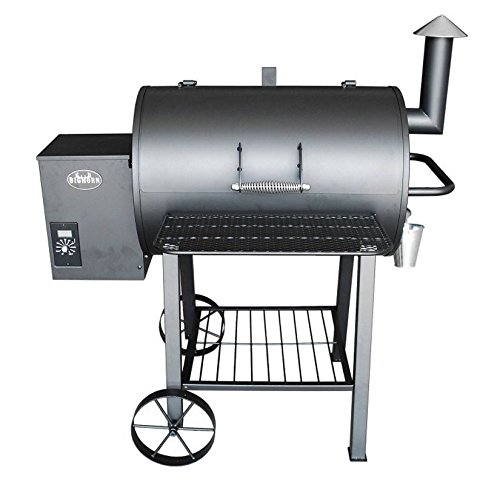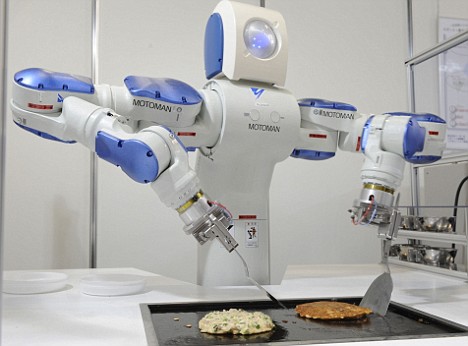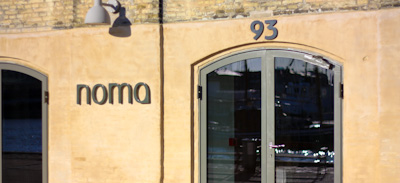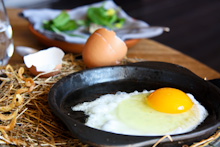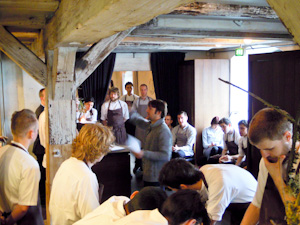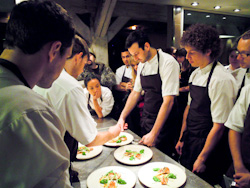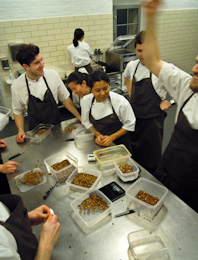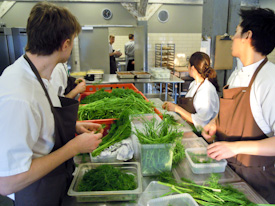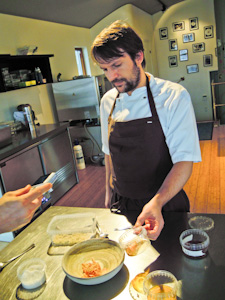When it comes to choosing the ideal smoker and grill combo, you would surely find the Masterbuilt 7 in 1 Smoker and Grill a good choice. It is a 7-in-1 smoker and grill that is known for its versatility. You can either operate it using charcoal or gas.
In this review, we are going to look at the salient features of Masterbuilt 7 and try to figure out if it is worth buying. In this review likewise, we are also going to make use of the following metrics—design and features, range of temperature, ease of cleaning, ease of setup and transport, price, and warranty—to determine the merits in buying this item.
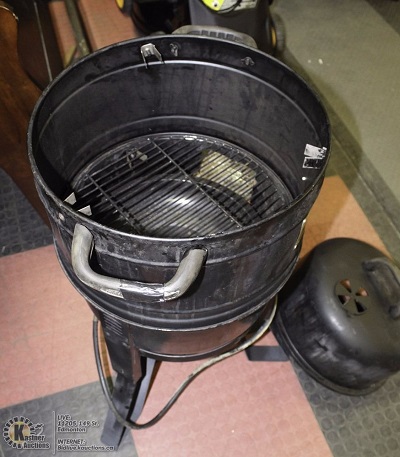
Related article
- Design and Features:
The Masterbuilt 7-in-1 is basically designed vertically. It features a modular design that lets its users interchange and match its different parts to get a wide array of functionalities. This fact makes this item very versatile. Moreover, with it, you got the option of fueling it with gas or charcoal.
The Masterbuilt 7-in-1 is basically a gas smoker, charcoal smoker, gas grill, charcoal grill, camp stove, deep fryer, and steam/broiler; hence, it is tagged as “7-in-1.” It functions perfectly either using propane or charcoal. It also comes with a heat-resistant handle that makes it quite easy to handle when using it. Moreover, it comes with a hands-free lid holder which makes using this equipment easy.
The Masterbuilt 7-in-1 comes with a 45,000 BTU cast iron burner with a push button ignition. It also has two porcelain coated grates for cooking. These two cooking grates can hold up to 50 pounds of food.
It provides a larger and expansive smoking and grilling surface area with its design. It also has an intuitive control setting that allows you to have perfect control of its temperature. Thus, you can produce a consistent smoking result with this cooker. It is definitely not a “set and forget” unit, but it is surely easy to operate.
- Range of Temperature
The good thing about the Masterbuilt 7-in-1 is that you can easily adjust its cooking temperature to cook various types of food. You can smoke meat at lower temperature, you can also cook burgers and steaks at high temperature. You can also engage in indirect cooking. You simply need to check out the smoker recipe book to figure out how best to cook a particular food.
The Masterbuilt 7-in-1 also functions as a steam/broiler. It is equipped with a 10-quart pot with a basket for broiling seafood. You can also use it to deep fry chicken wings. Its easy temperature settings make this cooker a veritable 7-in-1 equipment. It also comes with a built-in temperature gauge for easy monitoring of temperature.
- Ease of Cleaning
The Masterbuilt 7-in-1features a drip-free design. This makes it easy to clean because it requires less cleaning up. Moreover, this feature makes it easy to maintain.
- Ease of Setup and Transport
Out of the box, the Masterbuilt 7-in-1 is almost ready to use. This unit is lightweight; hence, it is easy to transport. It weighs around 38.8 lbs. and has the dimensions of 18.5 L x 18.1 W x 17.3 H inches. It doesn’t take much space, therefore. It is also very easy to carry around for an easy transportability.
- Price and Warranty
The Masterbuilt 7-in-1 is definitely cheaper as compared to other smoker grill combos. Moreover, it also comes with a one-year warranty.
Pros:
- It comes with multiple functions.
- It offers great temperature control.
- It is affordable.
- It is easy to use.
Cons:
- It comes with poor igniter quality.
- Its manual instructions are poorly written.
Conclusion
The Masterbuilt 7-in-1 is surely a good choice if you are looking for a versatile cooker. Its design is good and is well-built. Its ease of use is highly commendable. Moreover, it is lightweight and takes minimal space. It is also affordable. The Masterbuilt 7-in-1 may not be the best options out there, but it would surely provide you with a good alternative if you are looking for a reliable smoker grill combo.
